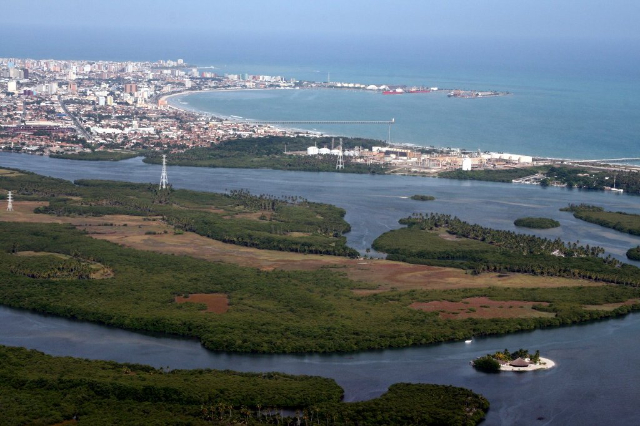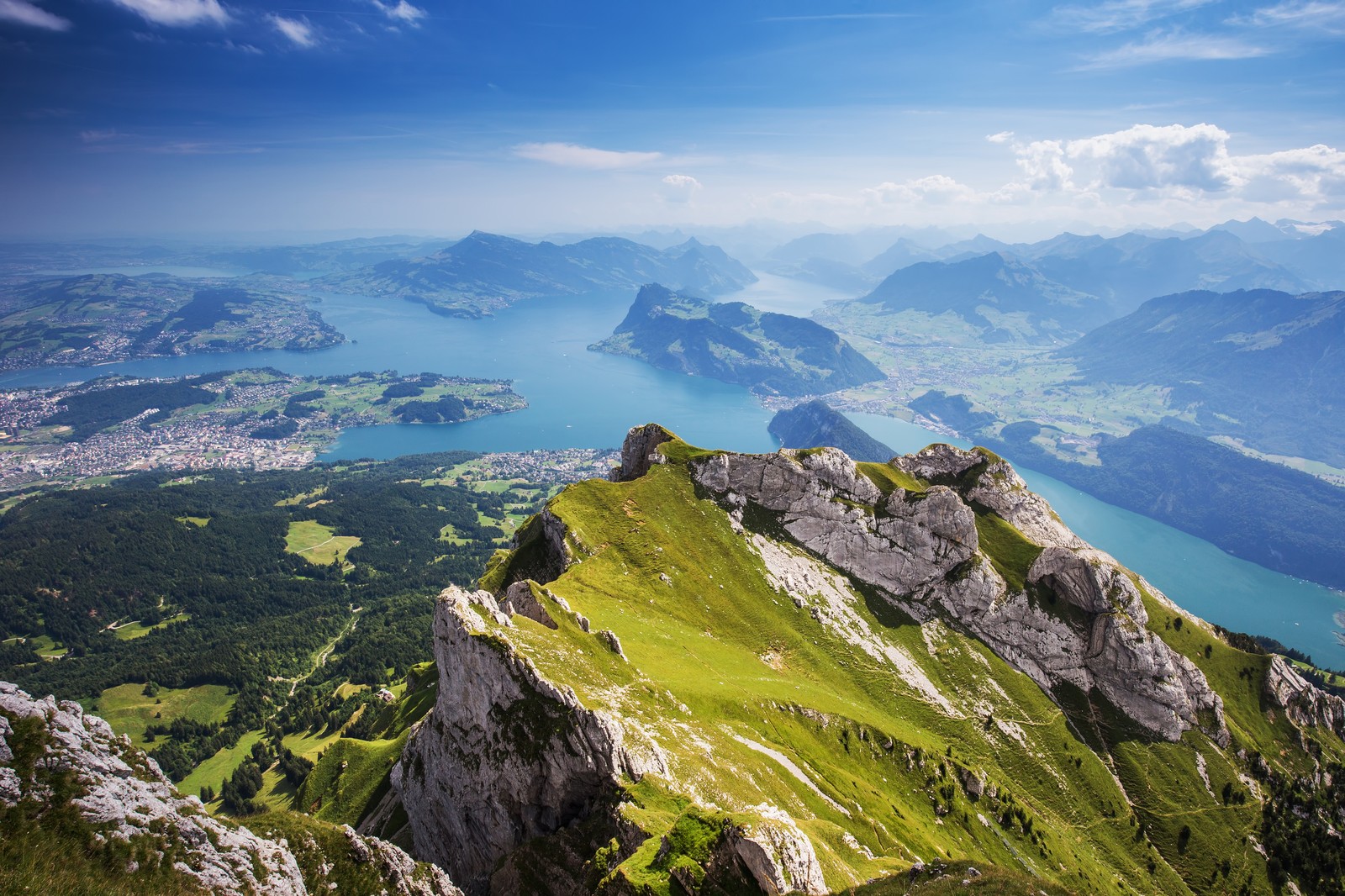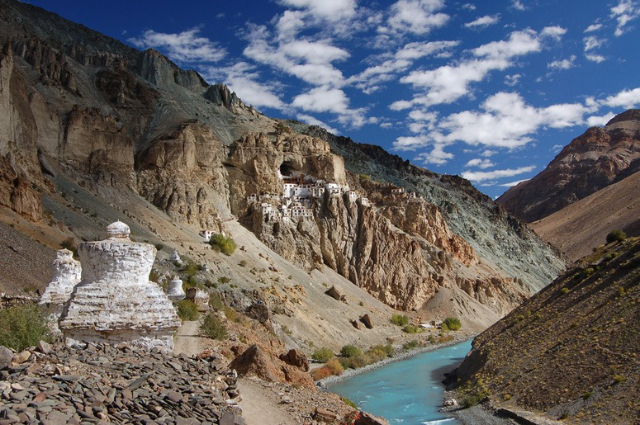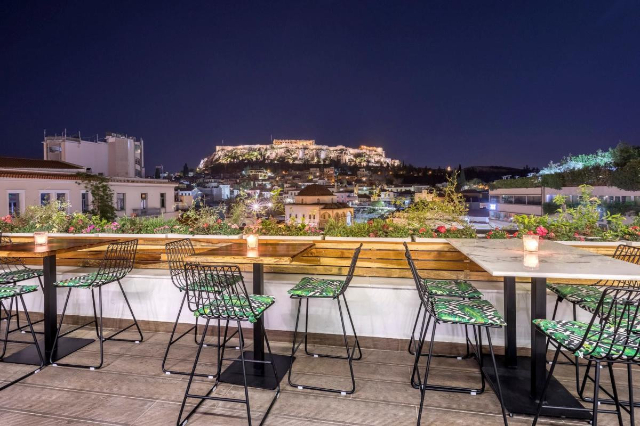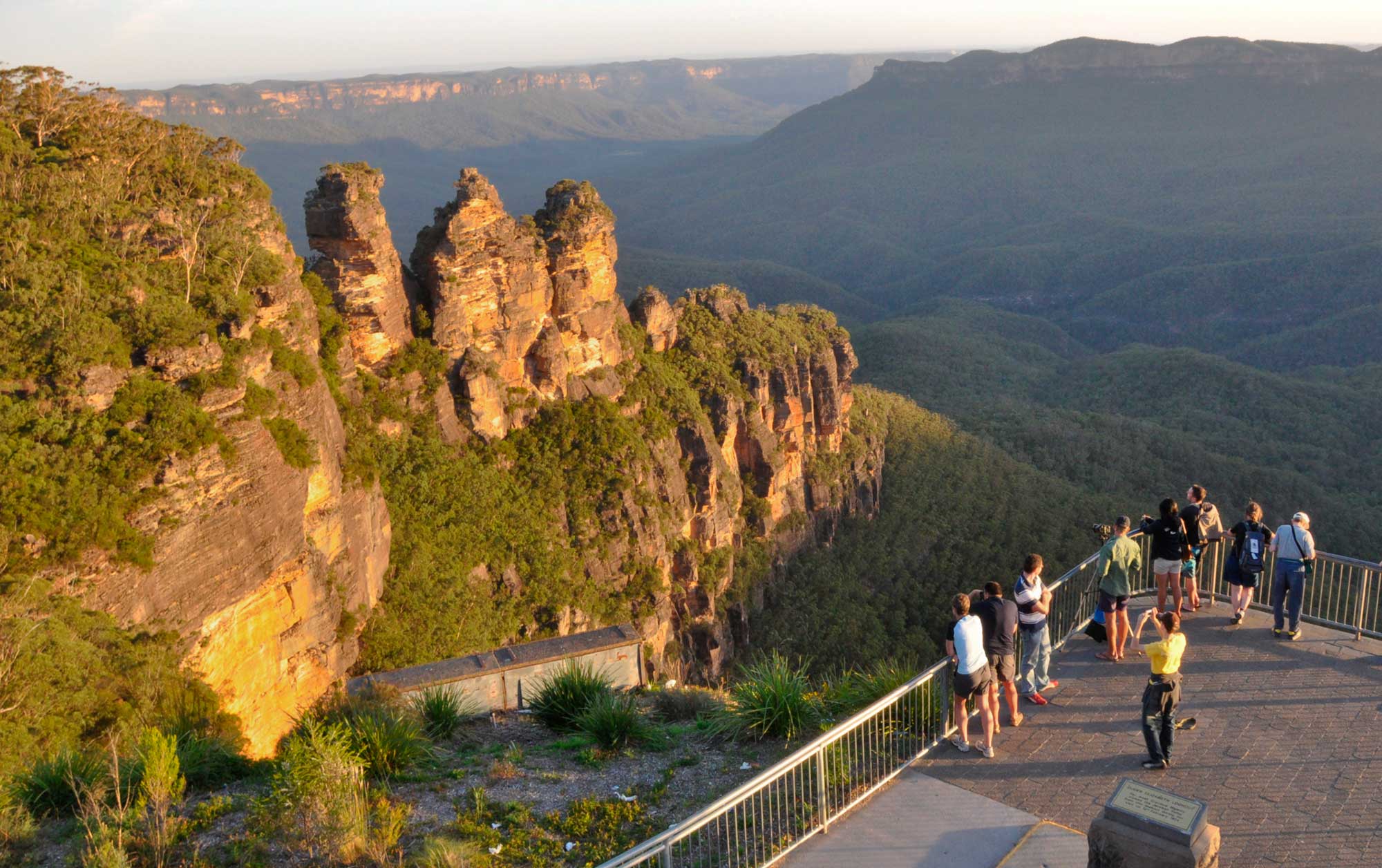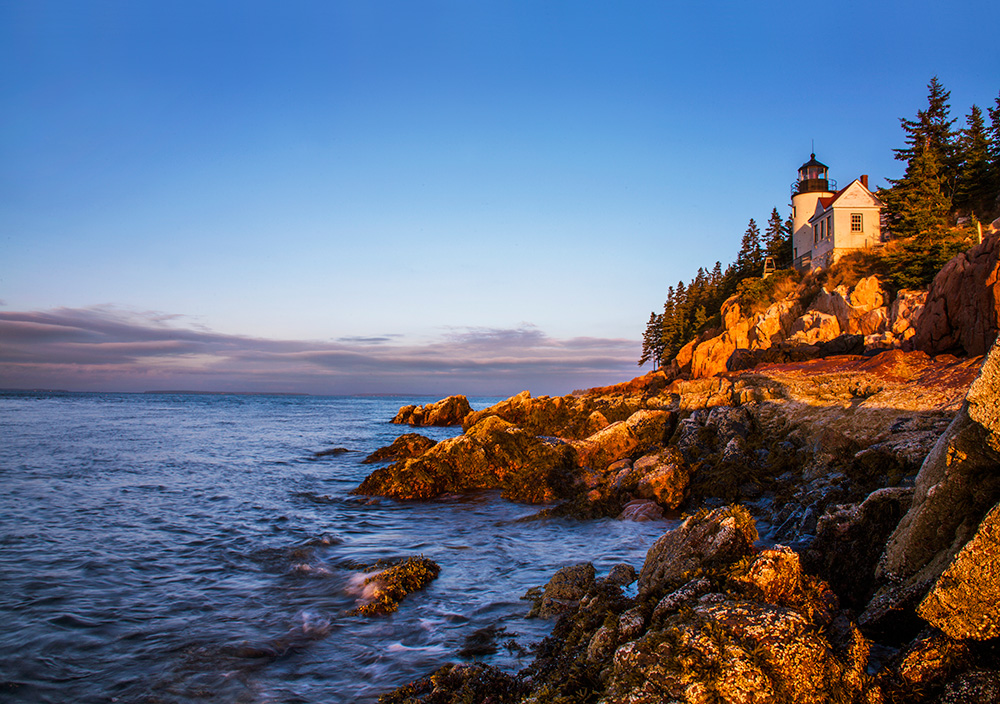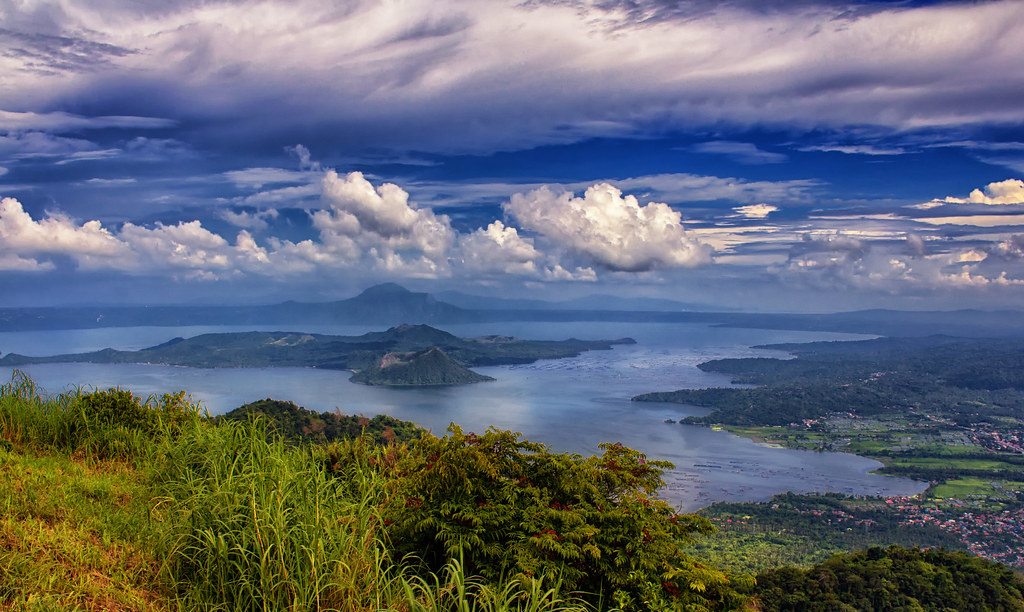The lagoons of Maceió, particularly Lagoa do Mondau and Lagoa Manguaba, are two places of great beauty and historical and cultural importance. Lagoa do Mondau is one of the largest ecosystems in Alagoas, with an area of 600 square kilometers, and is considered one of the largest lagoons in the world. Within it is a vast mangrove swamp that is an important habitat for several marine species, including mollusks, fish and crustaceans. There are also nine islands in the lagoon inhabited by fishermen and lace makers, which are set against a backdrop of mangrove and restinga vegetation.The region has been important historically, socially and culturally for the state of Alagoas and is one of Maceió’s main tourist attractions. The 23-kilometer coastal area between Santa Luzia do Norte, Maceió, and Coqueiro Seco is connected to the ocean through a network of channels that gives rise to small islands and secluded beaches.Lagoa Manguaba, on the other hand, covers 42 square kilometers and is formed by the waters of the Paraíba do Meio estuary and the Sumaúma River. This lagoon was the birthplace of the first capital of the state of Alagoas, Vila Madalena, which today is the municipality of Marechal Deodoro. The coastal area of the lagoon offers many opportunities for excursions and tourist activities, including the traditional Nine Islands tour, which allows visitors to visit the lagoon and other parts of the region. Another must-see attraction is the meeting of the waters between the lagoon and the sea in the village of Massagueira.In both lagoons you can enjoy typical local dishes, prepared with the products of fresh fisheries, such as sururu (a clam-like shellfish), peixe frito (fried fish) and camarão na moranga (shrimp in pumpkin). The lagoons are also a great place to enjoy water sports such as kayaking, canoeing and windsurfing.
